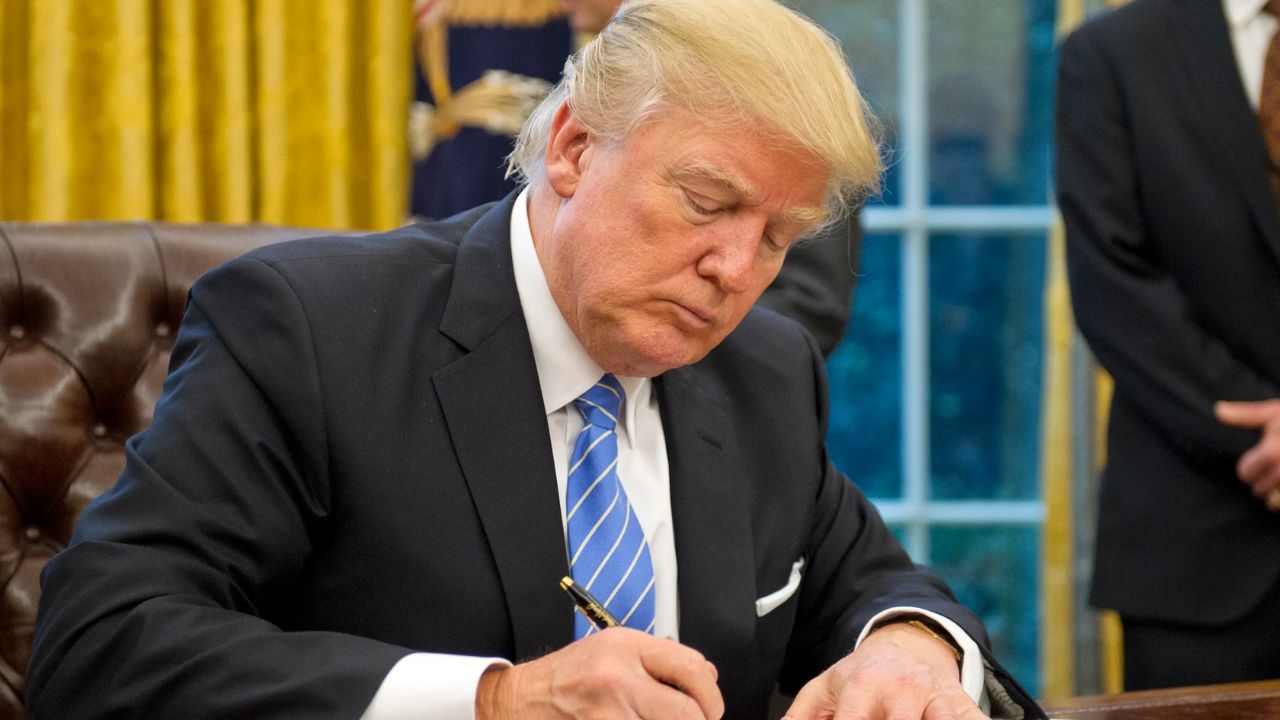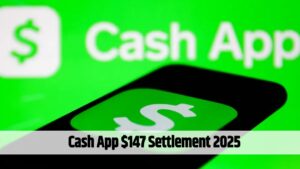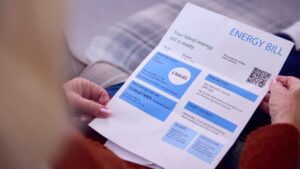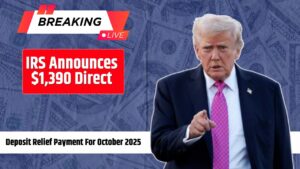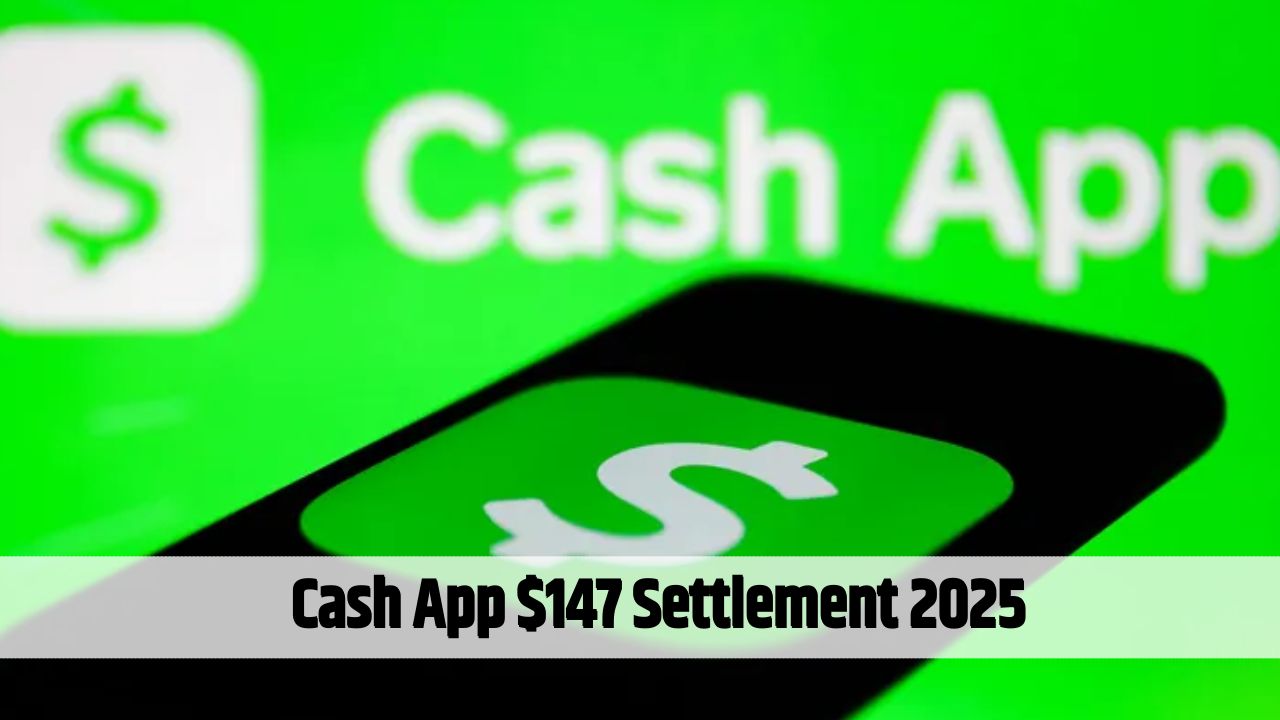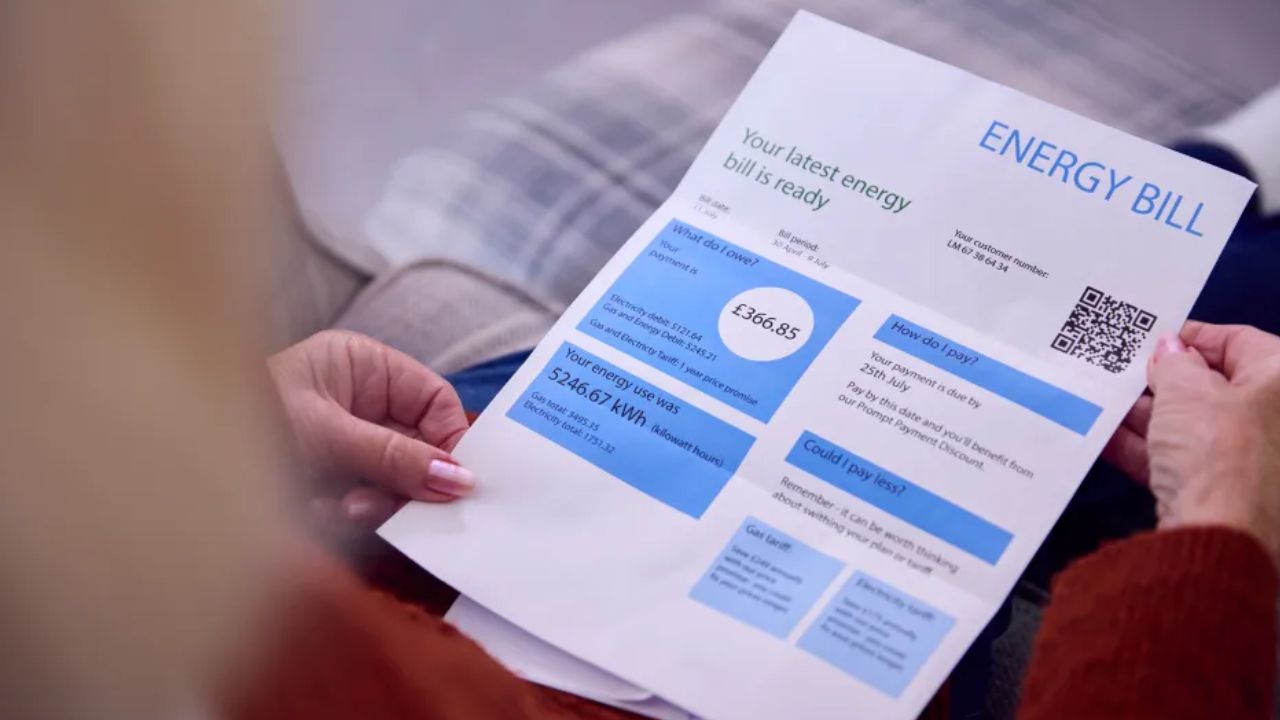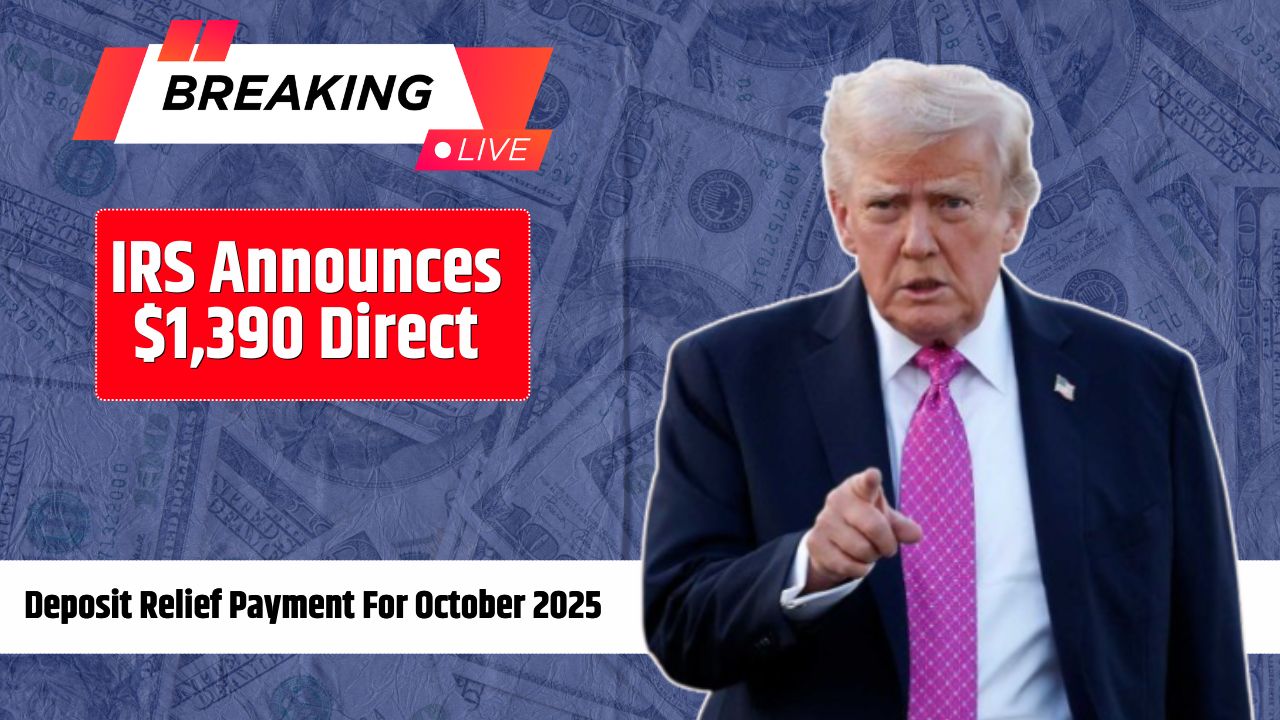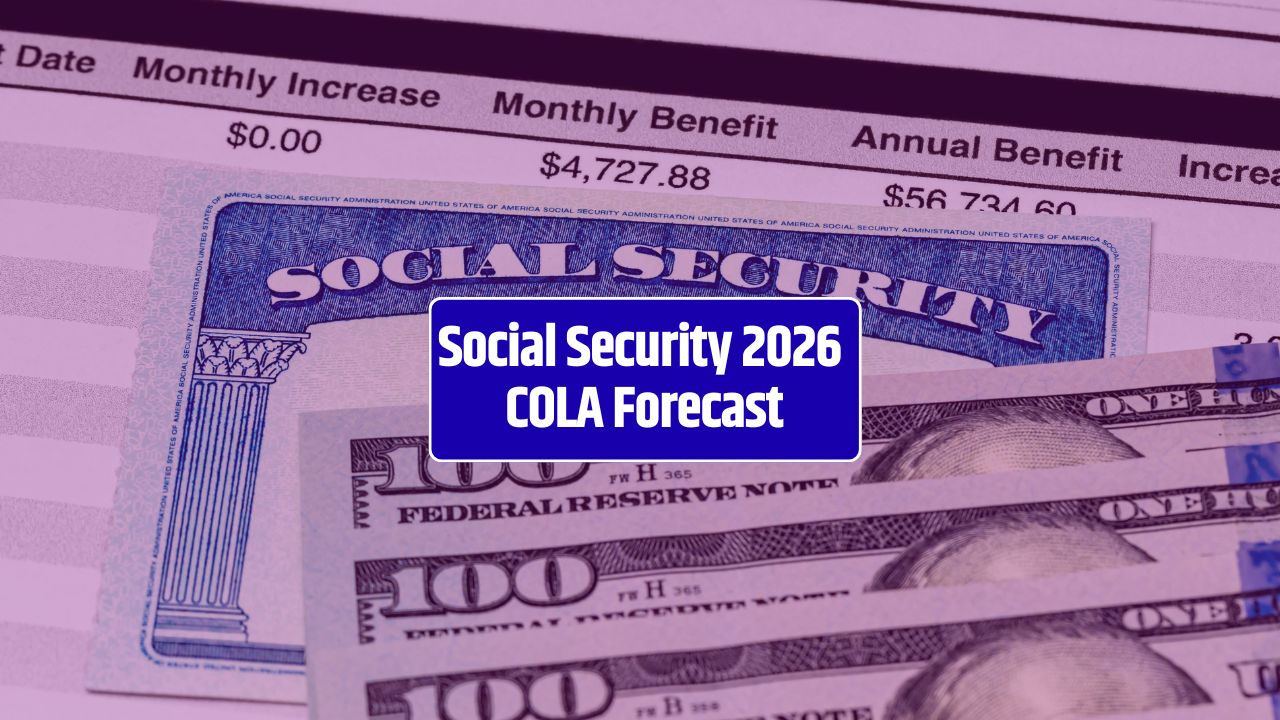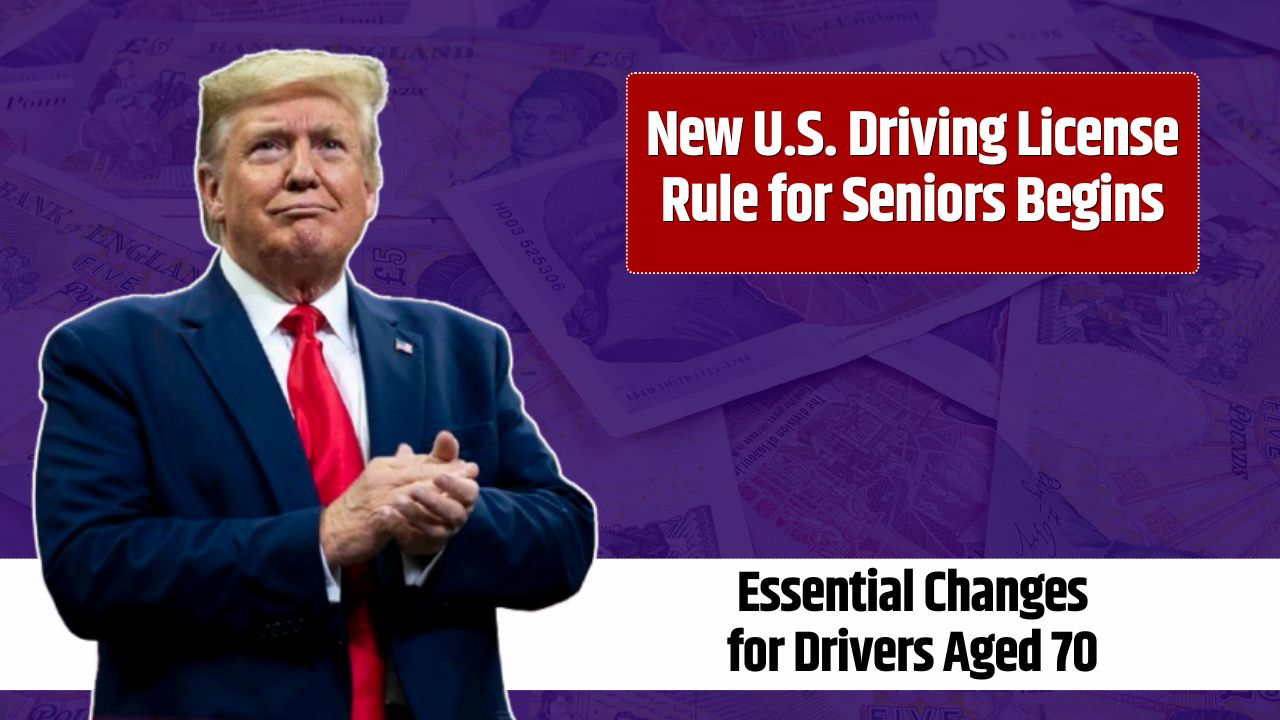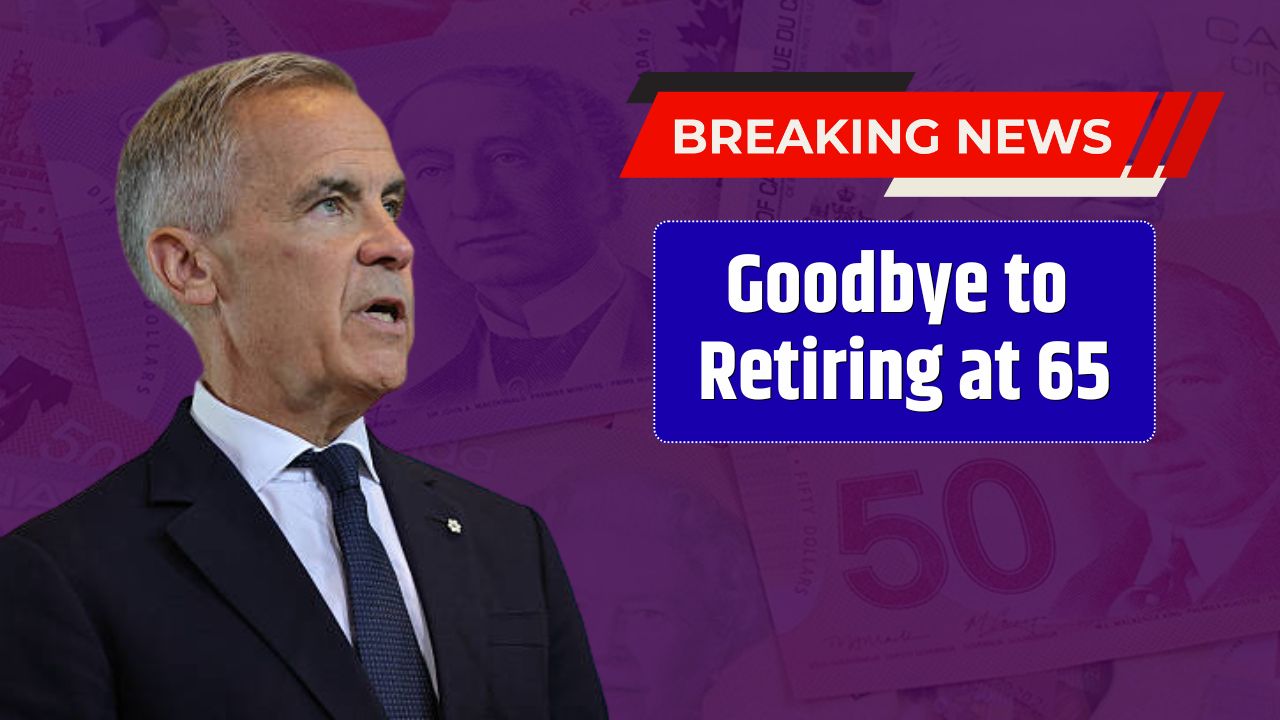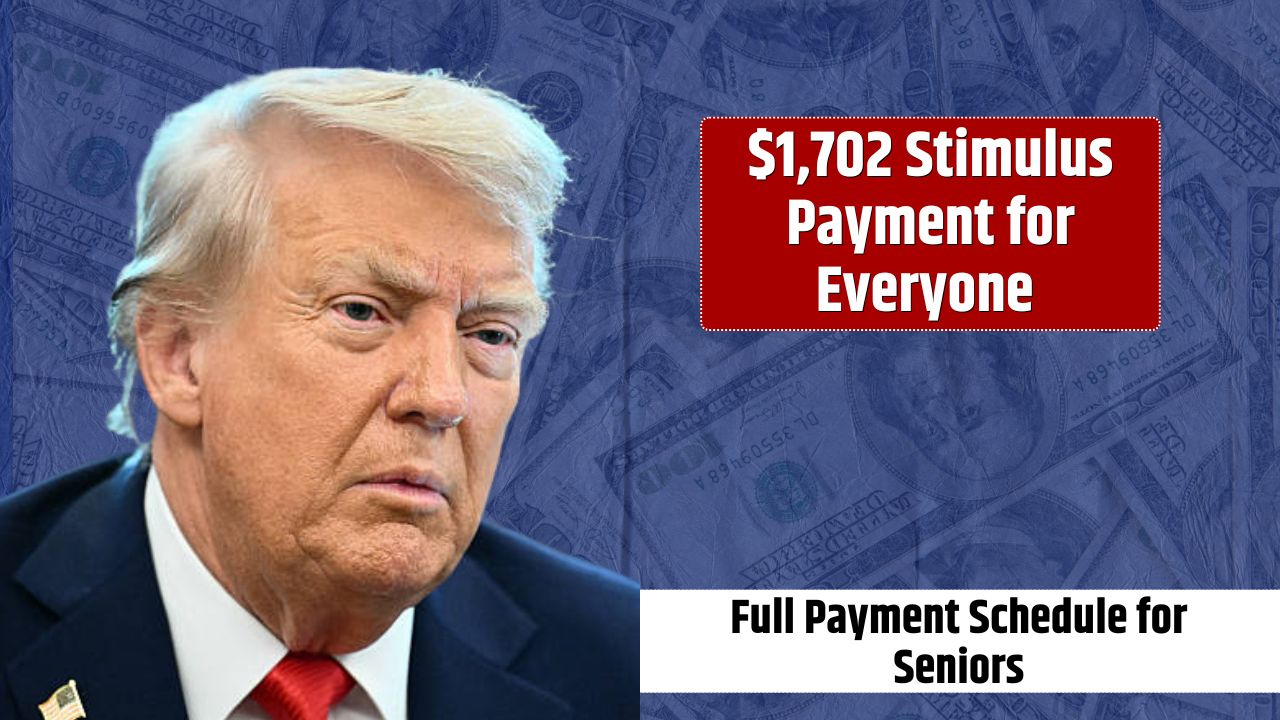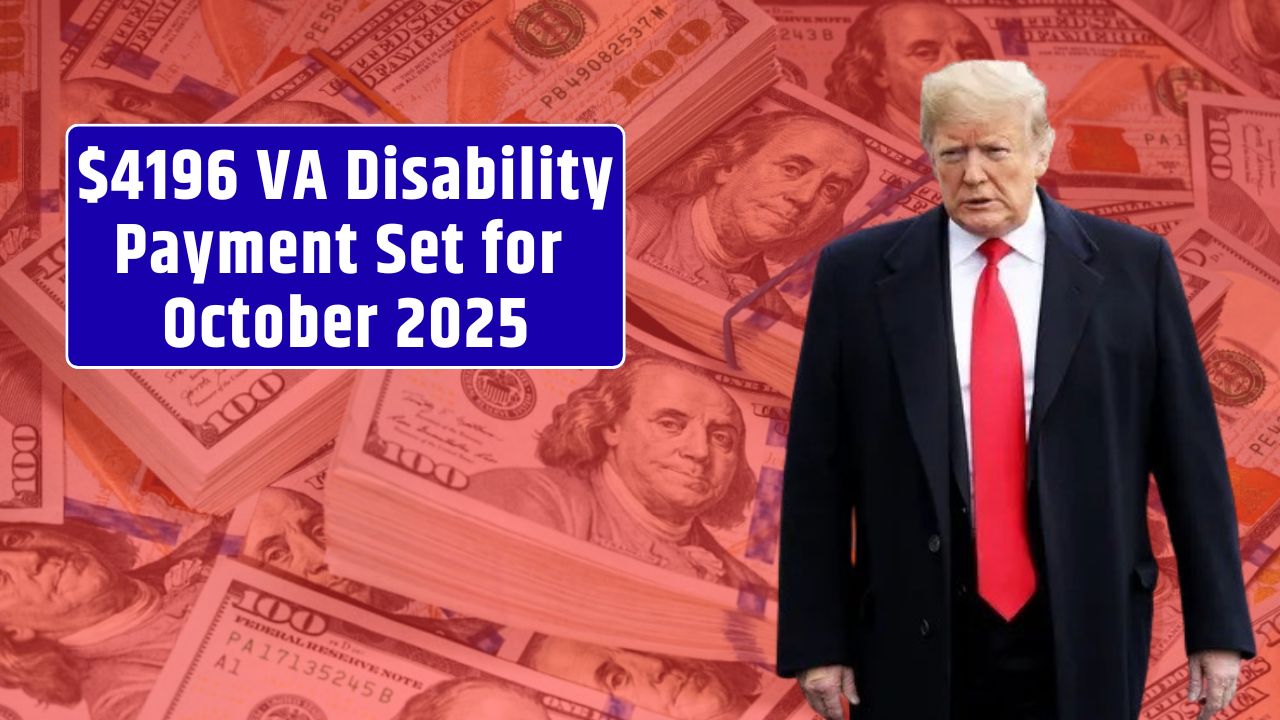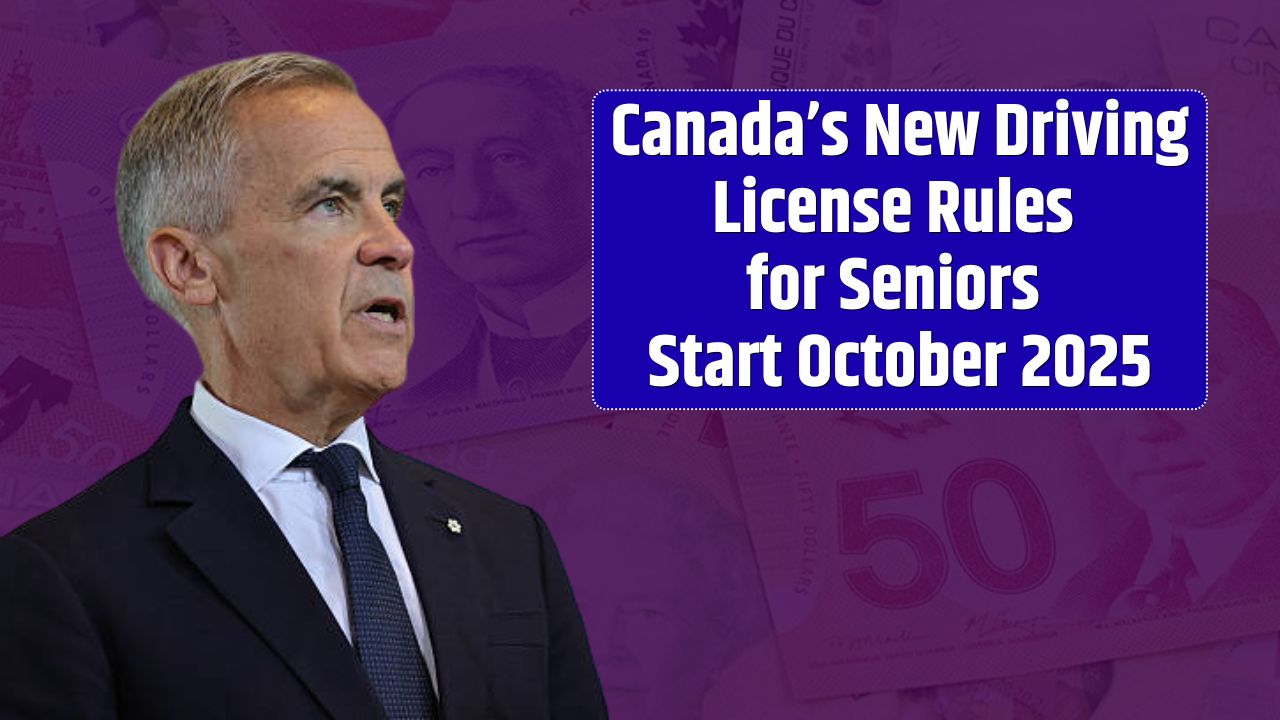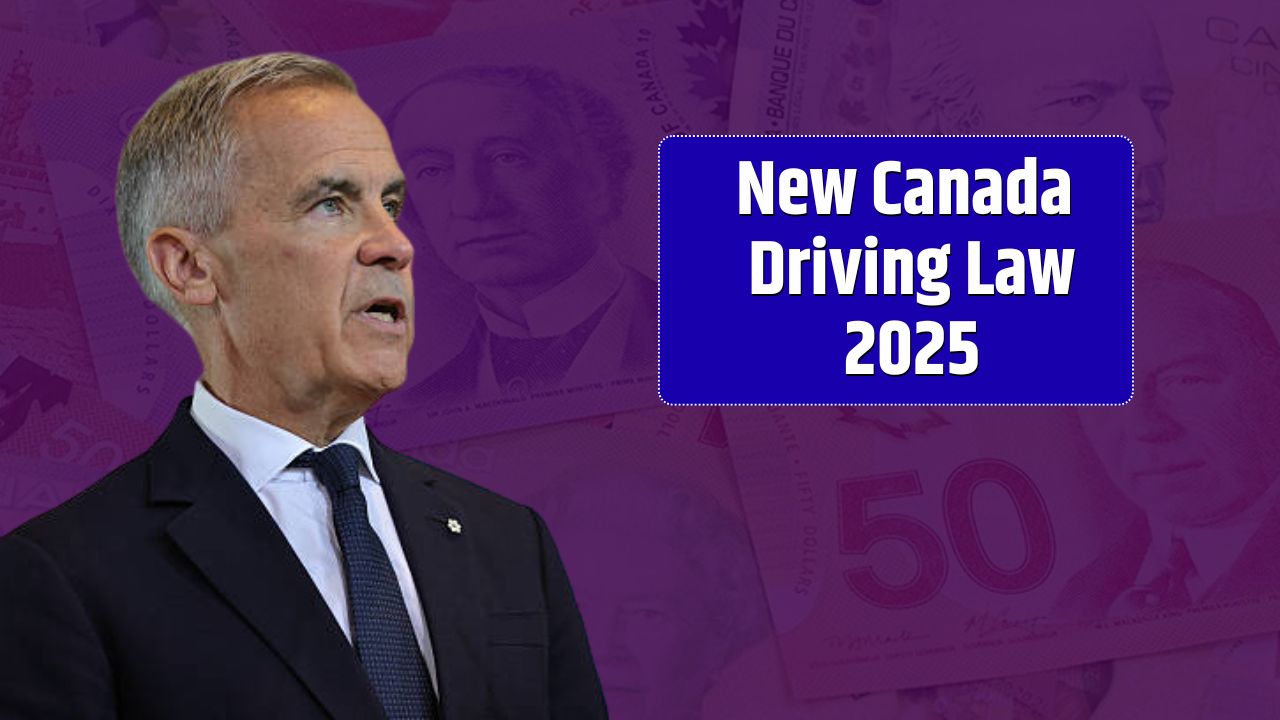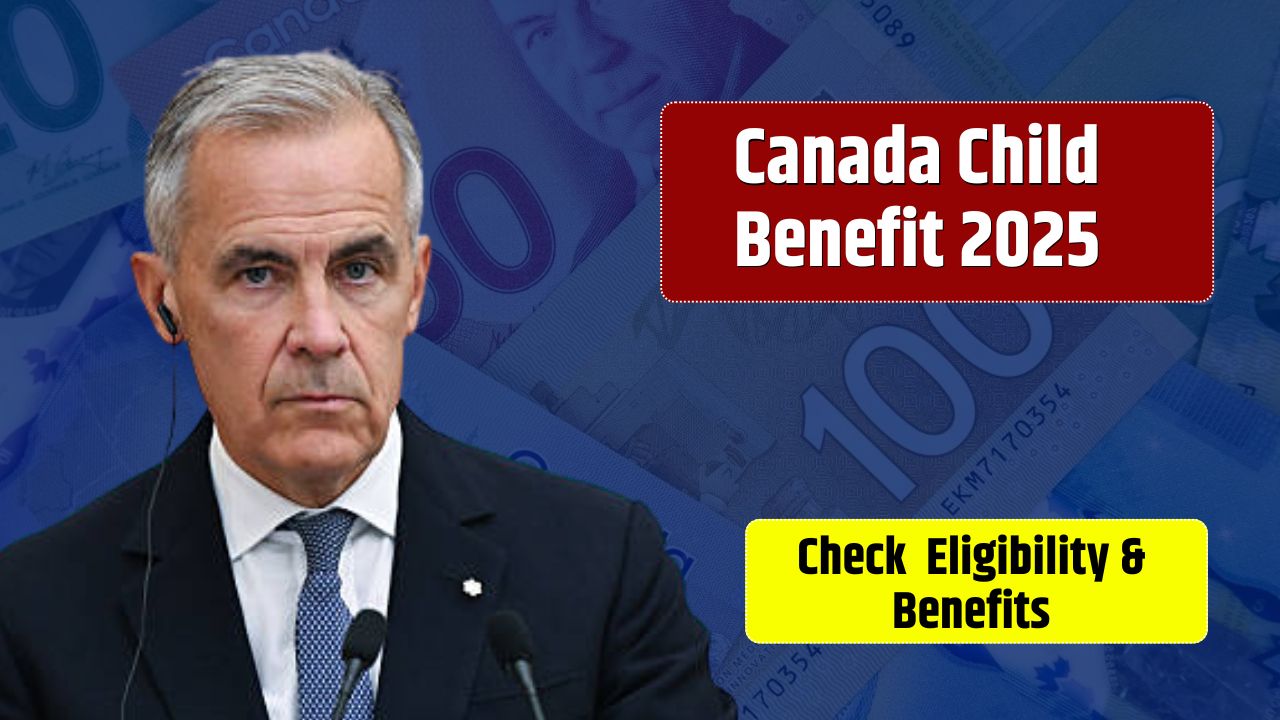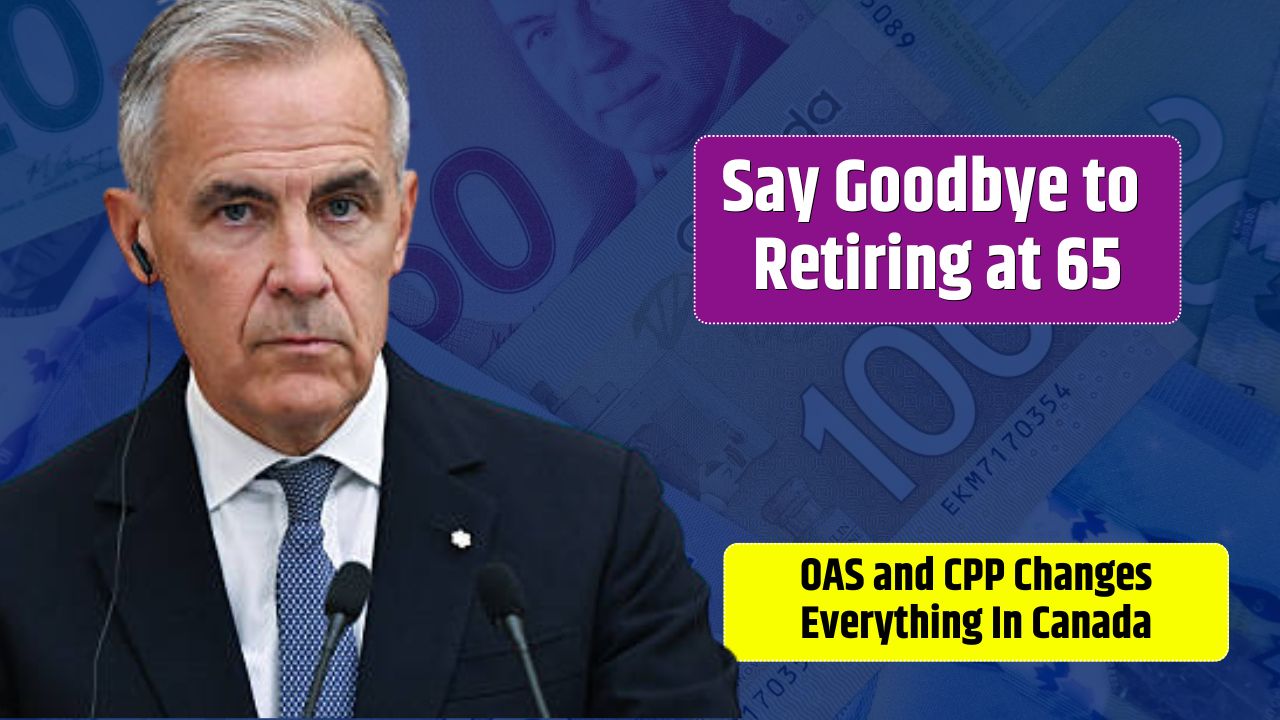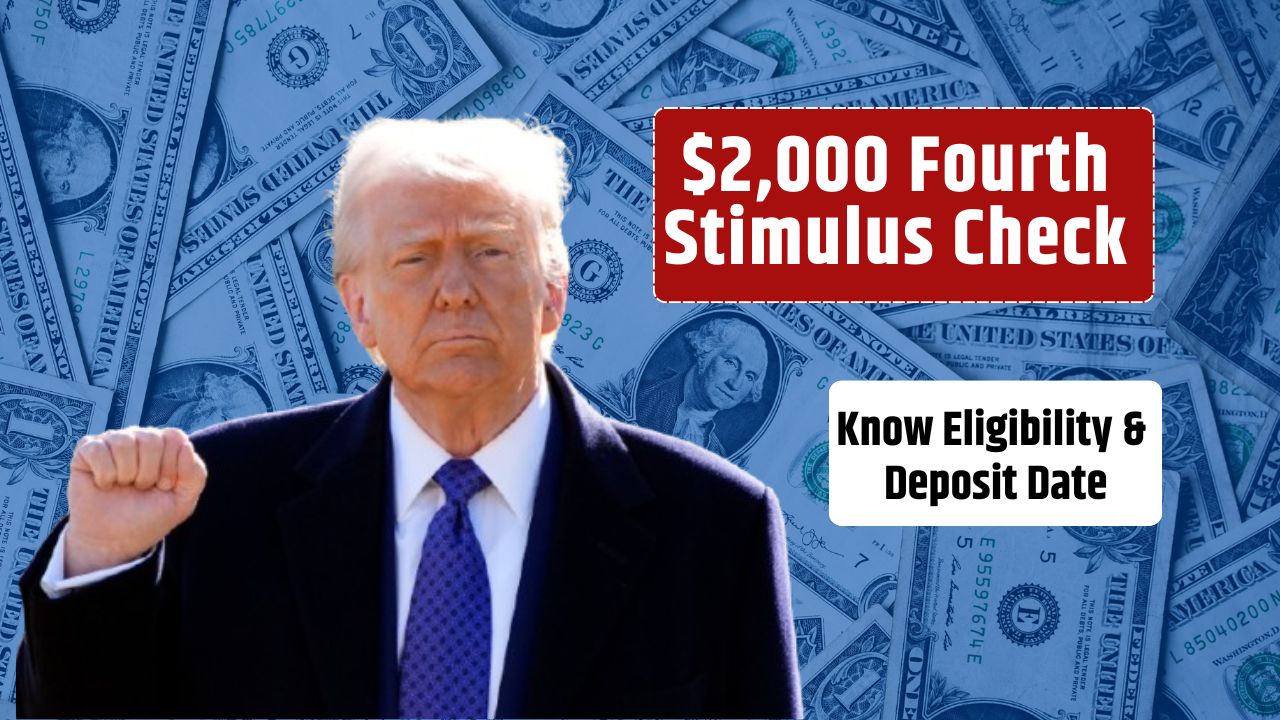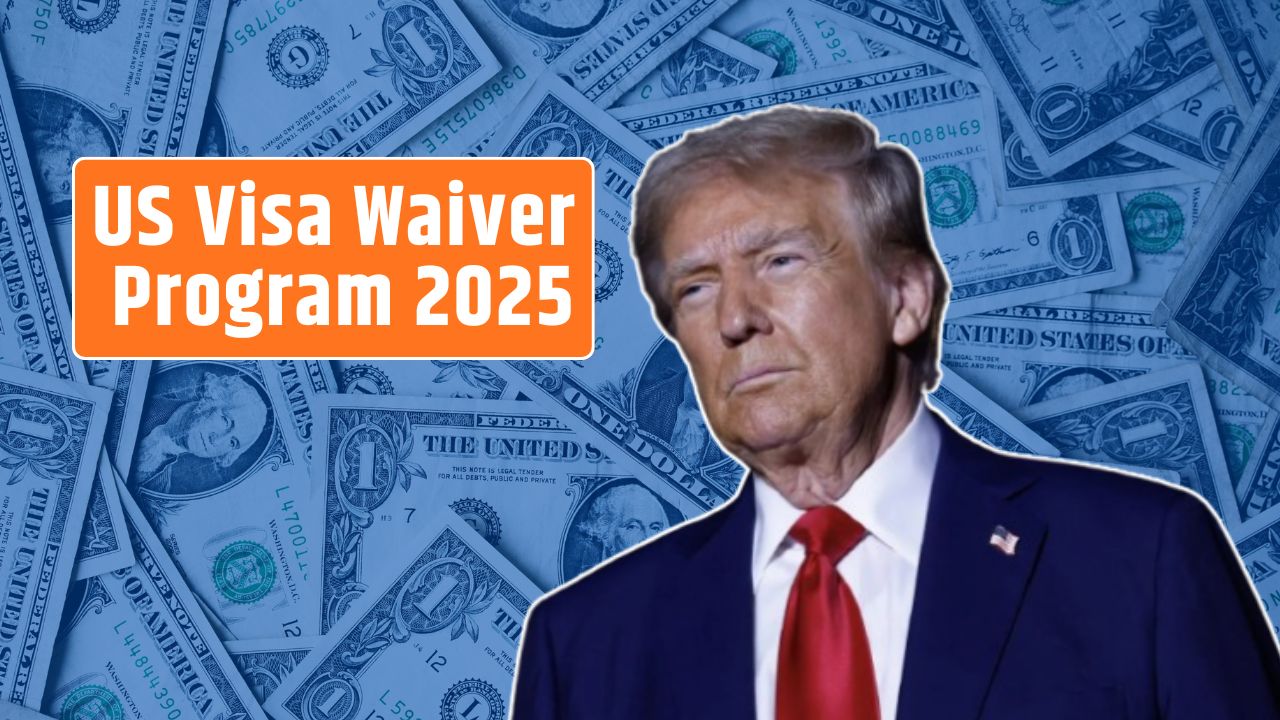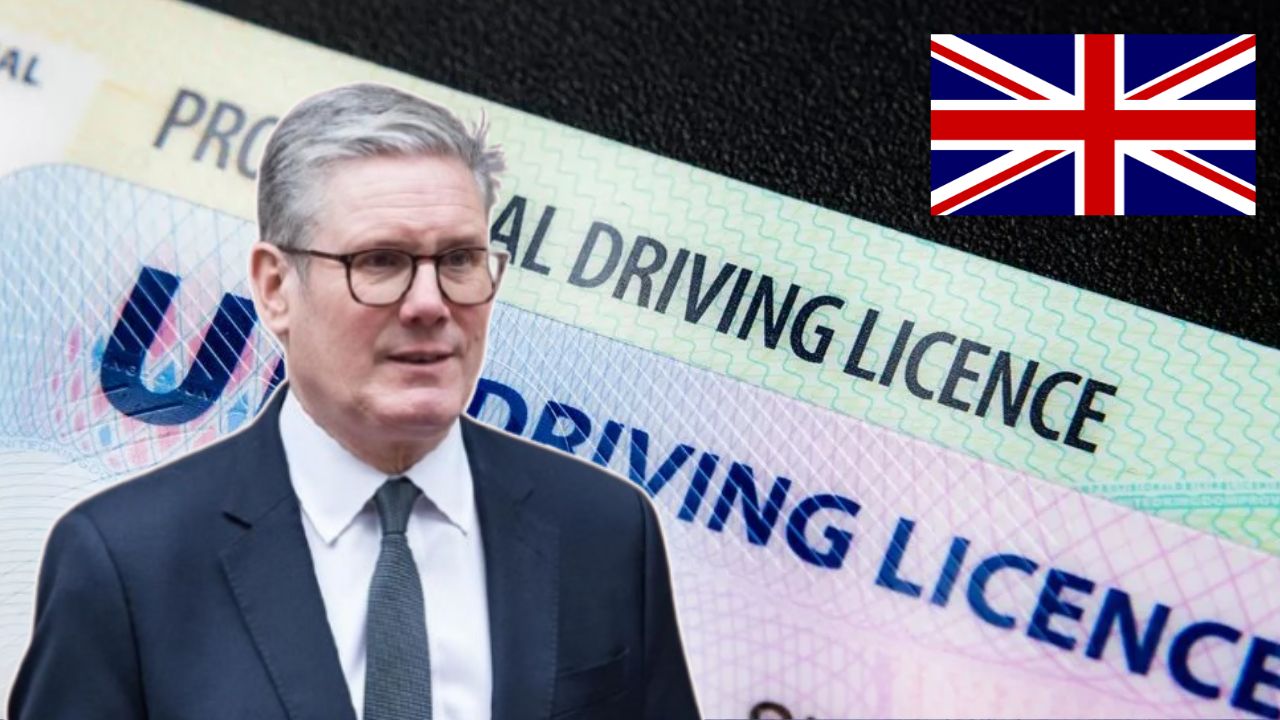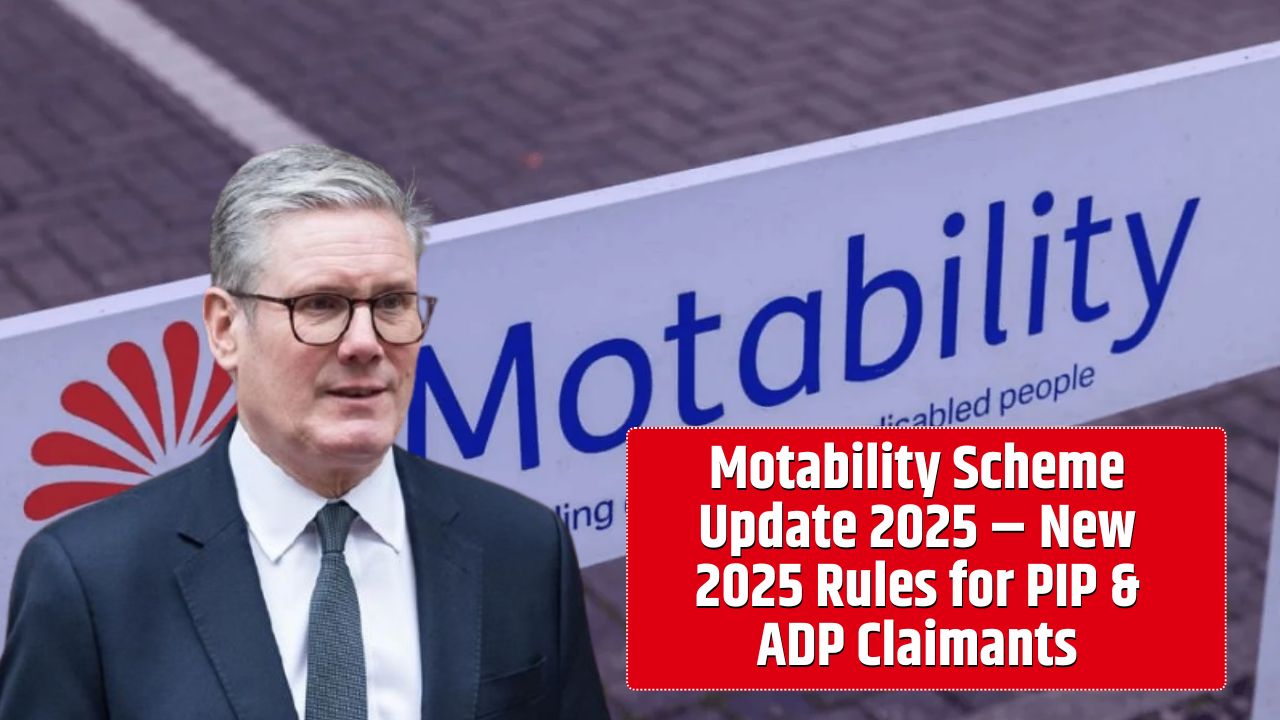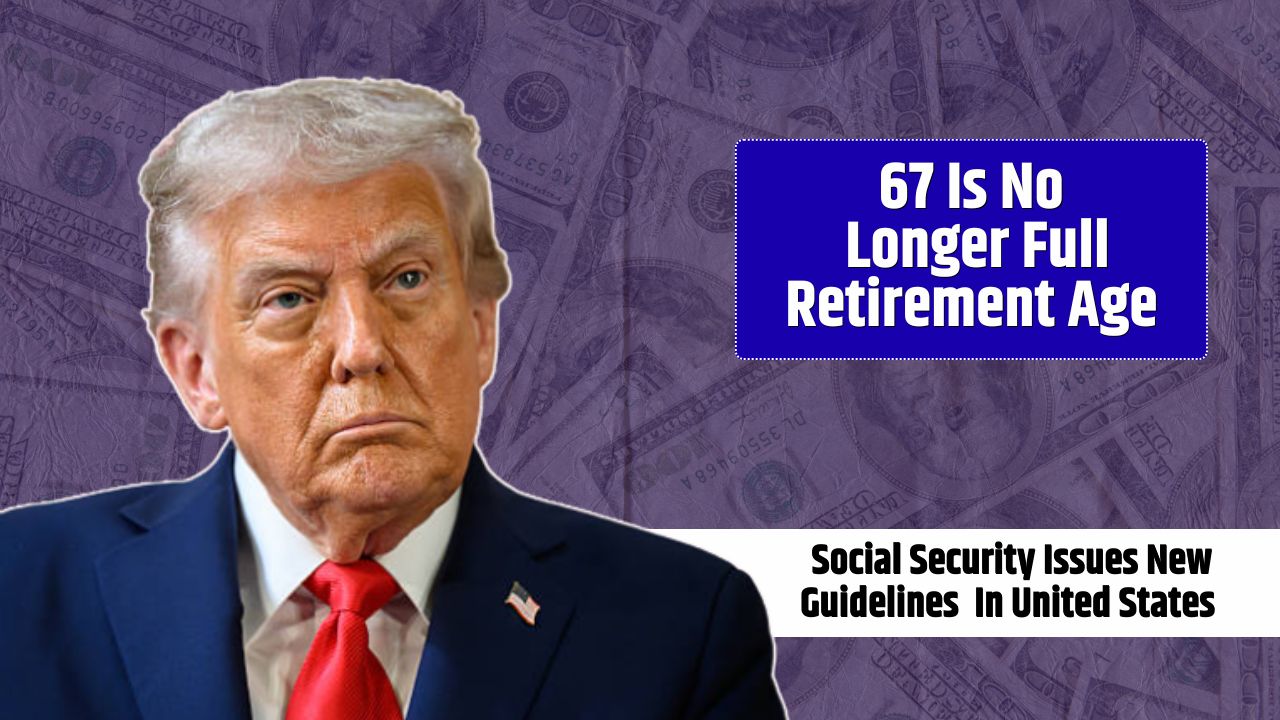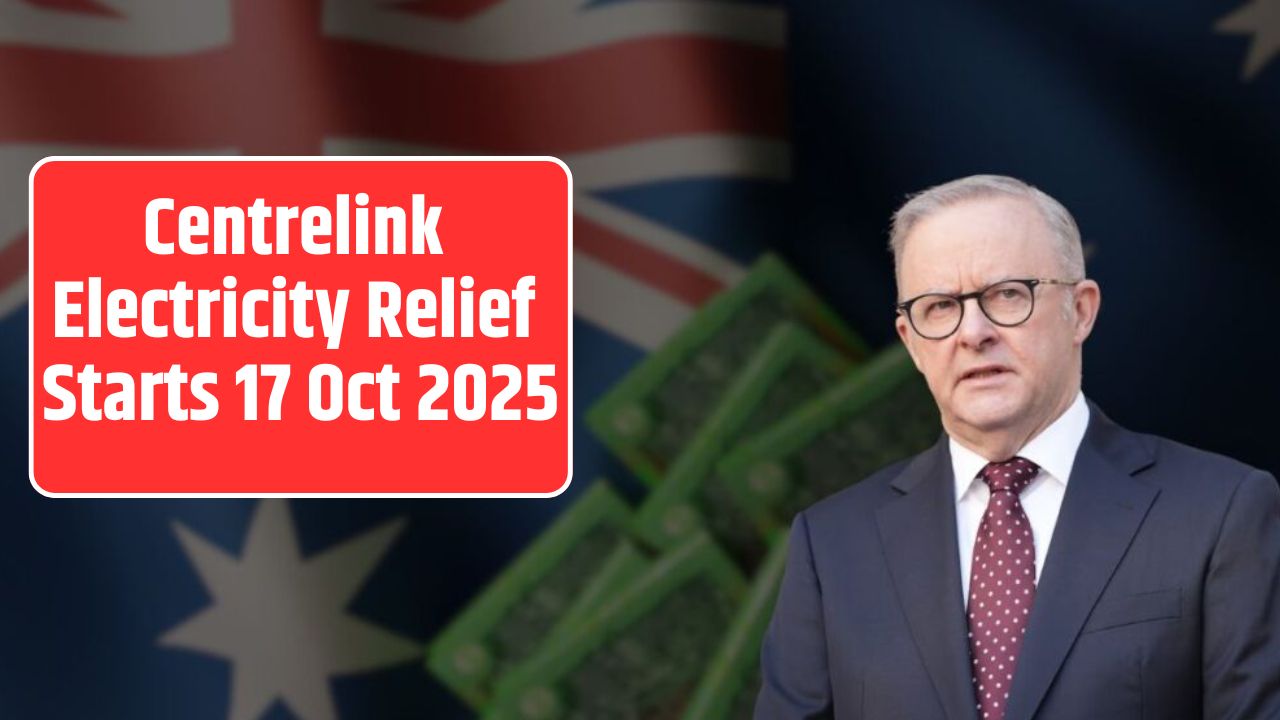Over the past week, thousands of student loan borrowers on Income-Based Repayment (IBR) plans have started receiving official emails from the U.S. Department of Education confirming that they qualify for full loan discharge after meeting their required payment thresholds.
The message, which comes after months of paused processing, signals a major step forward in the administration’s effort to clear backlogged forgiveness cases before the end of the year.
What the Email Says
The subject line of the message reads:
“You’re eligible to have your student loan(s) discharged.”
The email explains that the Department of Education is now working with each borrower’s loan servicer to complete the discharge process and that forgiveness should be reflected in accounts within several months.
“Your loan servicer will notify you if and when your IBR discharge has been processed,” the notice reads. “Most borrowers will have their discharge processed within two weeks, but for some borrowers, processing could take more time.”
Deadline to Opt Out: October 21, 2025
Borrowers who do not want to receive debt cancellation must contact their loan servicer by October 21, 2025, to opt out.
The Department says the primary reason someone might opt out is to avoid potential state tax liability, since some states treat forgiven student debt as taxable income.
However, anyone who opts out of the discharge will be required to continue making regular loan payments under their IBR plan.
Why the Timing Matters
The push to process forgiveness now comes ahead of a key deadline:
A temporary tax exemption—established under the 2021 American Rescue Plan—makes all federal student loan forgiveness tax-free through December 31, 2025.
That exemption expires in January 2026, meaning any discharges processed after that date could leave borrowers facing thousands of dollars in state or federal tax bills.
Who Qualifies for IBR Loan Forgiveness
Income-Based Repayment (IBR) plans allow borrowers to make monthly payments tied to their income and family size, typically over 20 or 25 years.
After that period, any remaining balance is forgiven.
As of mid-2025:
- Roughly 2 million borrowers were enrolled in IBR.
- The Department had paused forgiveness processing since July 2025 to verify payment counts and data accuracy.
- Processing officially resumed in October, starting with borrowers who have met their full payment term.
Borrowers can confirm their eligibility or forgiveness status by logging in to their account at studentaid.gov or contacting their loan servicer directly.
Administrative Changes Under the Trump Administration
At the same time that IBR forgiveness is restarting, the Trump administration is moving forward with major changes to the federal student loan system as part of its recent “Big Beautiful Bill.”
Proposed changes include:
- Eliminating current income-driven repayment options such as IBR, PAYE, and REPAYE.
- Replacing them with two simplified but less generous repayment plans.
- Expanding the Office of the Federal Student Aid Ombudsman to help borrowers understand repayment options and reduce reliance on loan forgiveness.
Collections on defaulted student loans also resumed in May 2025 after being paused for five years.
Advocacy and Legal Pressure
Groups like the American Federation of Teachers (AFT) have urged the Department to accelerate forgiveness for borrowers who already meet eligibility requirements—especially before debt relief becomes taxable again in 2026.
Their September 2025 complaint argues that “delays in discharge processing unfairly penalize borrowers who have fulfilled every requirement under federal law.”
Key Dates to Know
| Event | Date |
|---|---|
| Borrowers receive IBR forgiveness emails | Early October 2025 |
| Deadline to opt out of forgiveness | October 21, 2025 |
| Discharge processing window | October–December 2025 |
| Tax-free forgiveness period ends | December 31, 2025 |
| Possible taxation resumes | January 1, 2026 |
What Borrowers Should Do Now
- Check your email — Look for a message from the U.S. Department of Education or your servicer confirming eligibility.
- Monitor your loan account — Watch for status updates and changes in your balance over the next several weeks.
- Consider tax implications — Contact a tax professional if you live in a state that may tax forgiven student debt.
- Stay informed — Follow updates at studentaid.gov and from your loan servicer.
FAQs:
Why am I getting an email about student loan discharge from the Department of Education?
If you received an email with the subject line “You’re eligible to have your student loan(s) discharged,” it means you’ve likely met the required payment threshold under your Income-Based Repayment (IBR) plan. The Department of Education is notifying eligible borrowers that their loans qualify for forgiveness and will be processed over the next several months.
Do I need to do anything to get my loan forgiven?
In most cases, no action is required. If you qualify, the Department of Education will automatically process your discharge through your loan servicer. You’ll receive confirmation once it’s complete.
However, if you don’t want your loans forgiven—perhaps due to potential state tax implications—you must contact your servicer and opt out by October 21, 2025.
Why is there a deadline of October 21, 2025?
Borrowers who wish to opt out of forgiveness must notify their loan servicer by October 21. This allows the Department of Education to finalize its list of participants before sending discharge instructions to servicers. After that date, processing will move forward automatically.
